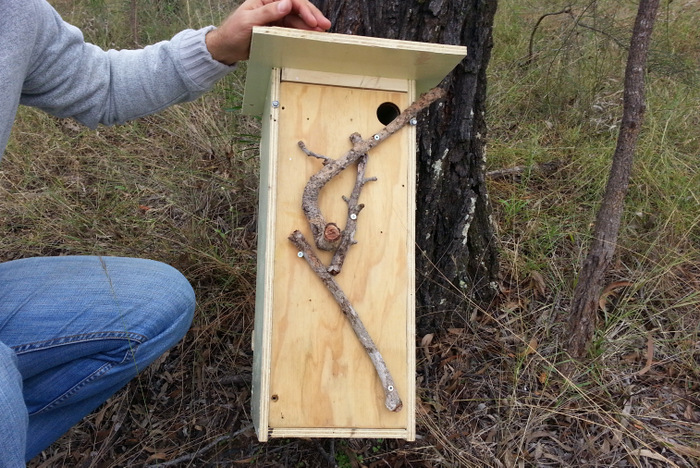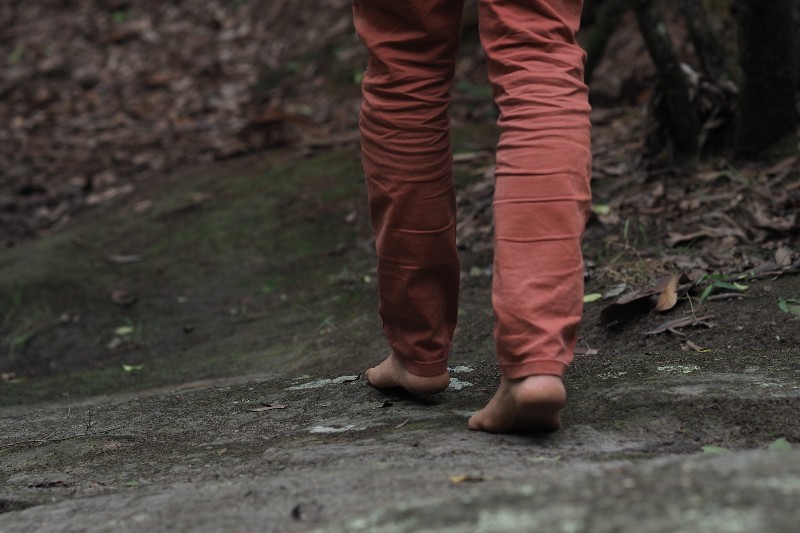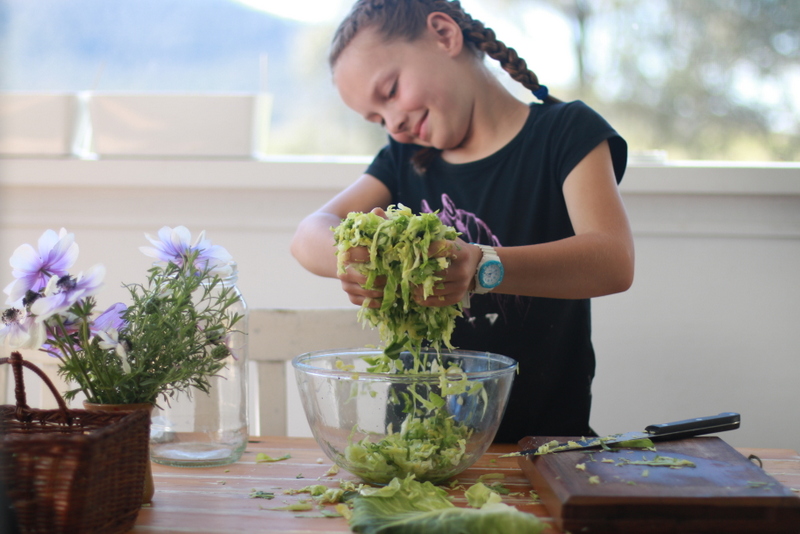We installed a Squirrel Glider nesting box on our property. It was a bit of feel good measure after finding a Squirrel Glider trapped on one of our barbed wire fences. Unfortunately, wildlife being caught on barbed wire is all too common. Barbed wire kills thousands of bats, birds, gliders, kangaroos and wallabies in Australia each year. We're replacing the top strand of barbed wire with regular wire in the forested areas of our property to ensure this doesn’t happen again.
Guilt alleviating objectives aside, creating habitat for wildlife in our backyards is a worthwhile gesture no matter what the size of your yard. As urbanisation increases and bushland becomes increasingly fragmented, the importance of backyards and urban green spaces for biodiversity conservation grows. Backyards can provide habitat for wildlife and increase landscape connectivity between reserves and parks.
Even the tiniest urban backyard can provide habitat for native birds, butterflies, microbats, bees and lizards.
One of the easiest ways to encourage wildlife is to plant a diverse range of local native plants, including prickly shrubs and grasses. Local native plants are more likely to be used by native birds in your area and prickly shrubs are useful for providing shelter for small native birds.
Most local councils will provide a list of plants native to your area. Here in the Hunter, we’re lucky to have Trees In Newcastle selling local provenance plants to the public.
If you don’t have space for a garden, a large pot of colourful butterfly attracting plants is feasible in almost any space.
Once you have native plants in the ground you can start adding interesting extras, like a bird bath, frog pond, butterfly box, native solitary bee house, and nest boxes for birds, possums, gliders or bats.
Our Squirrel Glider box was made by a handy family member after a few not-so-subtle hints. I’m told it was relatively easy to make. There’s nesting box plans on the internet for all kinds of native animals or you can buy one ready-made. Maitland Mens Shed makes and sells various nesting boxes made from recycled timber, including Brush-tailed Possum, Squirrel Glider, and Eastern Rosella nesting boxes.
You’ll see all your hard-work undone, unless you keep your cat indoors or in a cat run and avoid using herbicides and pesticides.
For more information on how to welcome wildlife into your backyard visit backyardbuddies.net.au and birdsinbackyards.net.
Originally published in my 'Less Is More' column, Newcastle Herald 10th August 2013.



